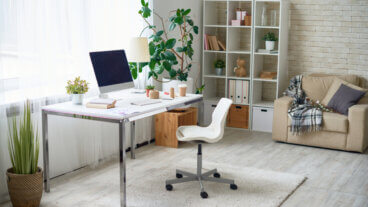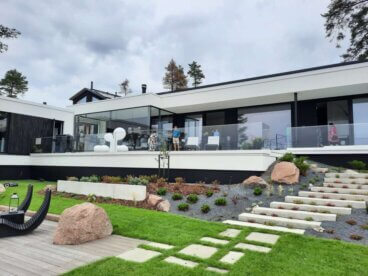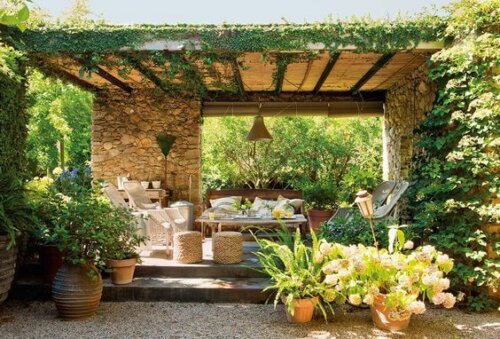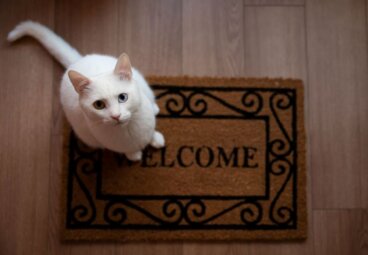Prefabricated Timber Houses: Advantages and Disadvantages
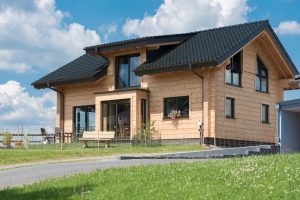
If you’re thinking of constructing a dwelling, you might have thought about the famous prefabricated timber houses. These imitate the style of log cabins in the mountains or in the forest, although located closer to or in the city.
In this article we will tell you about the advantages and inconveniences of prefabricated timber houses. You can make an educated decision and determine if it would be the perfect alternative for you.
Advantages of prefabricated timber houses
To start, we will talk about the benefits of prefabricated timber houses. They have been in use for some years now, due to their practicality and the speed of construction.
1. They are lower in price
In the majority of cases, timber houses cost less than conventional brick houses. This is due to the fact that the materials you need to buy are generally cheaper than what you need in a conventional home. But please note – if you want to use ecological timber or timber treated with something special, it could end up costing you more than a normal dwelling.
2. Timber houses can be built more rapidly
Some people can be in a rush to move to a new house (for example if they are renting or if they have a problem in their home). They can choose to construct a prefabricated house, since the construction time is considerably less than in a standard dwelling.
Without doubt, this is the greatest advantage of timber houses, since you can buy the panels or sections ready to install. It’s just a question of putting them in place. Of course, you should also take into account the time it takes to install the other systems, such as electric, water, gas etc, as well as pouring the foundations. None of these come prefabricated! And it’s installing these systems that is the longest part of the construction process.

3. Construction is cleaner and greener
What does it mean to have a clean construction? It’s the fact that you won’t need many wet materials such as cement in the construction. Also, finishing in less time means that the site won’t be as contaminated, or be filled with waste, residues or left over materials.
When referring to green building, we should point out that less water and light is used in the construction of timber houses. Also, in some cases, you could acquire certified or recycled materials to complete the work.
4. Less permit processes
While it depends on the specific legislation where you live or where you wish to construct your dwelling, in general terms prefabricated timber houses are ‘mobile’. Therefore, you can sometimes build them on land where construction isn’t permitted.
In this way, you can save yourself the permit processes the city council needs (that in some cases can take a while). If you do need permission, this type of construction is common and s an architect can present the plan without any problems.
Disadvantages of prefabricated timber houses
Of course, it’s not all good news if you choose to construct a prefabricated house. To make an informed and correct decision that will fulfill your expectations, it’s fundamental to understand the other side of the coin in terms of this type of construction.
1. Finance problems may arise
Some banks will not approve lines of credit for clients that want to build a prefabricated house. They may not even approve a mortgage to buy one when it’s finished. This is because certain entities consider prefab houses as goods and chattels, not as real estate assets. For that reason sometimes a prefabricated house doesn’t qualify as suitable property to take out a mortgage.
2. The design can be more complicated and expensive
While the price of this type of construction is less expensive, you can sometimes have problems with the interior design or the finishes. When these are personalized or prefabricated they can cost more.
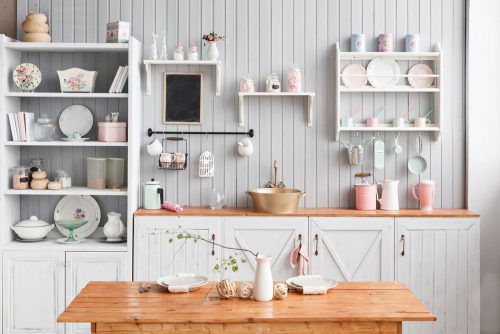
3. Timber houses aren’t as robust or durable
This can depend greatly on the type of material you use. However, in the majority of cases, prefabricated timber houses can suffer severe damage due to extreme weather.
In the United States, for example, prefabricated houses are discouraged in high risk areas where there are hurricanes or earthquakes. Comparing them with houses made with bricks and cement, timber houses aren’t as solid.
4. They can be expensive to maintain
Another issue that you should take into account if you want to construct a prefabricated house using timber is that every two or three years, the wood will require certain special treatments. Basically you will have to apply coats of paint to avoid humidity and water damage, to make it fire resistant and to prevent weathering.
Prefabricated timber houses are very pretty, but may not be the best option if you’re looking for a permanent dwelling. But for weekends, holidays or a house for the season, they are perfect.
If you’re thinking of constructing a dwelling, you might have thought about the famous prefabricated timber houses. These imitate the style of log cabins in the mountains or in the forest, although located closer to or in the city.
In this article we will tell you about the advantages and inconveniences of prefabricated timber houses. You can make an educated decision and determine if it would be the perfect alternative for you.
Advantages of prefabricated timber houses
To start, we will talk about the benefits of prefabricated timber houses. They have been in use for some years now, due to their practicality and the speed of construction.
1. They are lower in price
In the majority of cases, timber houses cost less than conventional brick houses. This is due to the fact that the materials you need to buy are generally cheaper than what you need in a conventional home. But please note – if you want to use ecological timber or timber treated with something special, it could end up costing you more than a normal dwelling.
2. Timber houses can be built more rapidly
Some people can be in a rush to move to a new house (for example if they are renting or if they have a problem in their home). They can choose to construct a prefabricated house, since the construction time is considerably less than in a standard dwelling.
Without doubt, this is the greatest advantage of timber houses, since you can buy the panels or sections ready to install. It’s just a question of putting them in place. Of course, you should also take into account the time it takes to install the other systems, such as electric, water, gas etc, as well as pouring the foundations. None of these come prefabricated! And it’s installing these systems that is the longest part of the construction process.

3. Construction is cleaner and greener
What does it mean to have a clean construction? It’s the fact that you won’t need many wet materials such as cement in the construction. Also, finishing in less time means that the site won’t be as contaminated, or be filled with waste, residues or left over materials.
When referring to green building, we should point out that less water and light is used in the construction of timber houses. Also, in some cases, you could acquire certified or recycled materials to complete the work.
4. Less permit processes
While it depends on the specific legislation where you live or where you wish to construct your dwelling, in general terms prefabricated timber houses are ‘mobile’. Therefore, you can sometimes build them on land where construction isn’t permitted.
In this way, you can save yourself the permit processes the city council needs (that in some cases can take a while). If you do need permission, this type of construction is common and s an architect can present the plan without any problems.
Disadvantages of prefabricated timber houses
Of course, it’s not all good news if you choose to construct a prefabricated house. To make an informed and correct decision that will fulfill your expectations, it’s fundamental to understand the other side of the coin in terms of this type of construction.
1. Finance problems may arise
Some banks will not approve lines of credit for clients that want to build a prefabricated house. They may not even approve a mortgage to buy one when it’s finished. This is because certain entities consider prefab houses as goods and chattels, not as real estate assets. For that reason sometimes a prefabricated house doesn’t qualify as suitable property to take out a mortgage.
2. The design can be more complicated and expensive
While the price of this type of construction is less expensive, you can sometimes have problems with the interior design or the finishes. When these are personalized or prefabricated they can cost more.

3. Timber houses aren’t as robust or durable
This can depend greatly on the type of material you use. However, in the majority of cases, prefabricated timber houses can suffer severe damage due to extreme weather.
In the United States, for example, prefabricated houses are discouraged in high risk areas where there are hurricanes or earthquakes. Comparing them with houses made with bricks and cement, timber houses aren’t as solid.
4. They can be expensive to maintain
Another issue that you should take into account if you want to construct a prefabricated house using timber is that every two or three years, the wood will require certain special treatments. Basically you will have to apply coats of paint to avoid humidity and water damage, to make it fire resistant and to prevent weathering.
Prefabricated timber houses are very pretty, but may not be the best option if you’re looking for a permanent dwelling. But for weekends, holidays or a house for the season, they are perfect.
All cited sources were thoroughly reviewed by our team to ensure their quality, reliability, currency, and validity. The bibliography of this article was considered reliable and of academic or scientific accuracy.
Almonacid Canseco, R. (2013). De la arquitectura modular tradicional al sistema integral prefabricado: los proyectos de viviendas unifamiliares de Arne Jacobsen. In Jornadas internacionales de investigación en construcción.
Àngels Manzano. (2010). Todo sobre las casas prefabricadas. Revista Arquitectura Diseño.
